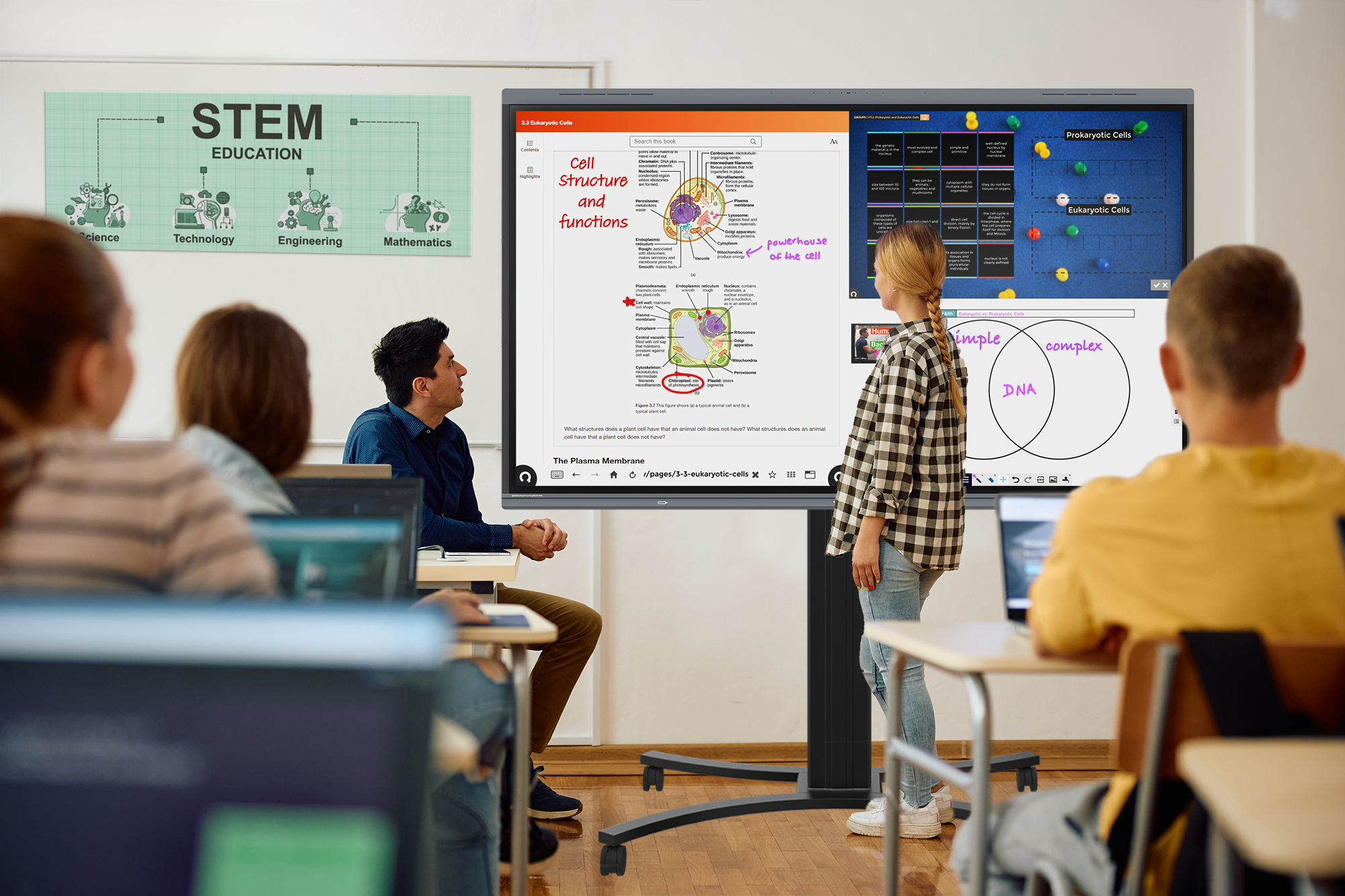How Design Can Help a Post-Pandemic Hospital
Right now our hospitals are overrun with patients. But what will happen after conditions start to improve? What steps can we take to ensure the safety of the patients and the wellbeing of our doctors and nurses going forward? As space planners and interior designers we are in an important and unique position of assisting healthcare facilities in creating environments that control the spread of disease. Along with health we must also be able to address how we improve the experiences and wellbeing of those inside the hospital - the medical staff and the patients.
Waiting Rooms
In the past few weeks we have seen drastic changes in society, not only in terms of social distancing, excessive hand washing and online classes, but physicians have started transitioning to an online platform of seeing patients, sometimes called telemedicine. By no means should telemedicine completely replace in-person physician visits. That would be crazy.
But sitting in a room full of sick people is needless, the staff will be able to stagger the appointments so that they are little bit closer to “one in, one out” than what you see with these huge waiting areas. Upon entry, there should be a body scan at the touch-free automatic doors for infectious temperatures. Sick patients would be led color coded isolation rooms. Those deemed healthy would be sent to waiting rooms with alcoves and private areas for social distancing and conferencing. Both waiting areas would be outfitted with cleanable surfaces and dotted with sanitizing stations.
The front office must change. The extensive spread of the novel coronavirus has spurred significant conversations about keeping public-facing employees safe in a variety of industries. This issue is especially vital in the healthcare industry where essential front desk staff are tasked with checking in potentially ill patients. Medical check-in kiosks will provide an important solution to the goal of maintaining proper social distance. Additionally, healthcare kiosks are easily disinfected. Kiosks can be outfitted with special attachments to hold sanitizing wipes or gel for patients.
FEATURED PRODUCT
- KI TATTOO SCREEN
- KI LOUNGE FURNITURE
- NAVAA LIVING WALL
- INDIANA KICKSTART FURNITURE
- KI LYRA TABLE
Patient Rooms
How do we improve the environment for those that are sick? What can we do to make sure they have an experience that is sensitive to their feelings while keeping those around them safe? The physical repercussions of a major health issue are tough enough without having to also confront the stress, anxiety, and depression that often accompanies it. Managing your mental health is just as important as your physical health when it comes to making a full recovery. Virtual reality and some other technologies can help bring family members on site and vice versa. As loved ones are experiencing difficult times, you can sort of see them rather than texting them or anxiously waiting outside without knowing what’s going on. The key to this may be in investing in technological integrations in the design so that those people in quarantine, isolation or intensive care can maintain regular virtual contact with their loved ones.
Staff Rooms
Amid the COVID-19 global outbreak, it's likely to be a stressful time for those who work on the front lines of health care. Now more than ever, it's important for health systems and health care organizations to create and ensure an infrastructure and resources to support physicians, nurses and care team members. A medical care team lounge is a place where members can nurture all the important aspects of being a professional outside of an exam room while being able to get away from the chaos of the nurses station. Social connection and collaboration between members, professional development, research, and communication can all happen here. Medical shifts can be long and stress can be high, so the lounge needs to be a space where decompression and contemplation takes place too.
- Give it a social, connected hospitality feel. The lounge blends access to technology with the human element.
- Ensure it has daylighting or connection to the exterior. Doctors, nurses, and interns may not get to leave the hospital during their day, so access to sunlight—even nature—is crucial and good for their well-being in general. The lounge is a place where they can decompress, concentrate, and restore.
- Outfit the lounge as a place for learning. Give it furniture and flexibility so that clinicians can present new research or lecture material to each other or to the public.
- Introduce the idea of a care team lounge early in the design conversation. The lounge should be well integrated into the healthcare project—be it a renovation or new facility. Take a lead from universities and workplace and view the lounge as a tool for recruitment and retention.
- Locate it conveniently, make it visible and easy to access.
When we need them, our healthcare team works hard to take care of us, it’s time they had a place where they can take care of themselves.
Once it is over, we can take any lessons learned and institute changes that might diminish a future catastrophe. Those changes can take many forms. No one had a playbook for this crisis, and no one can see the shape that the next one will take. But that doesn’t mean we can’t learn from this event and try to make our healthcare facilities more agile. Lives depend on it.
FEATURED PRODUCT
- Naava Duo
- Sixinch Wiggleworm
- KI Doni Guest Chair
- KI Athens Table
- KI Ruckus Cubby
- Allermuir Famiglia Chair





































